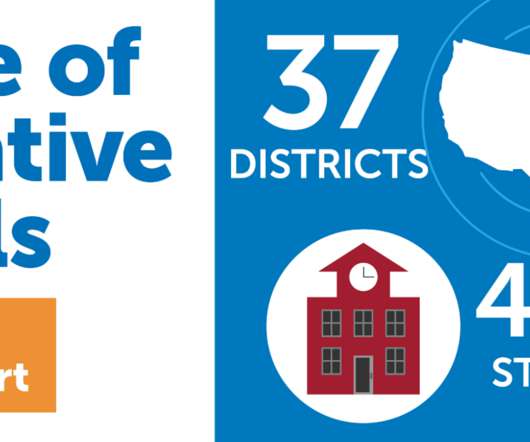Announcing the 2021-2022 League of Innovative Schools Cohort
Digital Promise
SEPTEMBER 30, 2021
The council has led to improved online synchronous and asynchronous instruction; improved communication among administration, teachers, and students; improved access points in designated classrooms; opportunities for virtual or face-to-face learning; and more effective use of instructional space. And the exemplars continue.



















Let's personalize your content